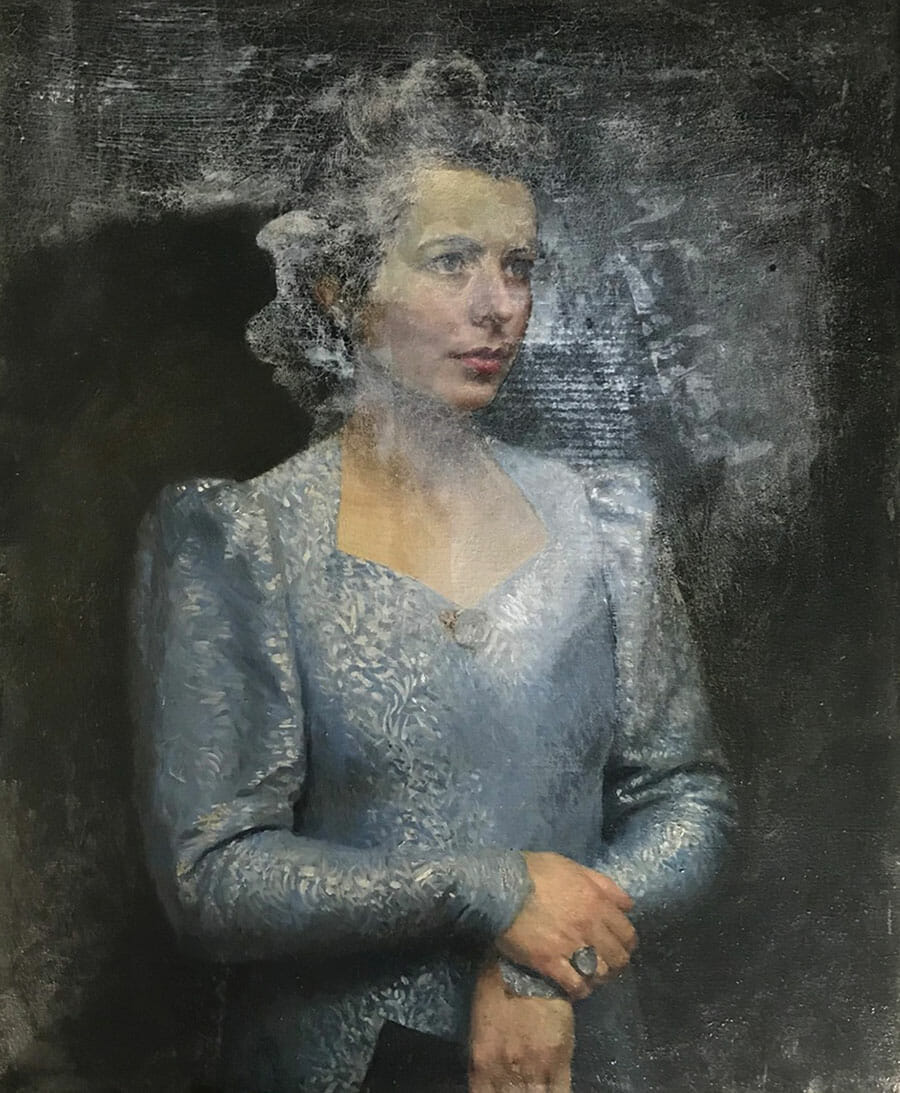Many people found the recent scenes of soup being thrown at priceless artworks shocking. Many assumed that without glass to protect the artwork, it could be lost forever or damaged beyond repair.
Perhaps surprisingly, this may not always be the case. As long as the painting is stable, varnished and quickly seen to by professional conservators, soup is on the lower end of the risk spectrum. Though we certainly do not encourage mixing art and soup!
Traditional oil paintings typically have a varnish layer to protect them. This can be safely removed with a tested solution, allowing conservators to clear away any discolouration and embedded contaminants.
Varnish can become discoloured due to smoke, moisture, nicotine and other forms of staining. The threat to the varnish layer posed by soup is in fact the moisture it contains. This can penetrate the varnish, leaving it light and clouded – conservators refer to this as blanched varnish. If blanching occurs but the painting is restored as soon as possible following damage there should not be any lasting issues.


Above is a painting with blanched varnish before and after conservation treatments by our team.
If soup is left on the surface of an artwork, the biggest risk would be the development of mould. Assuming this is unlikely to happen, we can predict that any varnished painting is at low risk of lasting damage when in contact with soup.
Artwork at higher risk
The artworks that would be at higher risk are contemporary pieces with mixed media and unvarnished acrylic works, particularly those with a lot of impasto. Artworks on paper are also at higher risk, though as these are typically behind secure glass in a public place they should be well protected.
In these case that the artwork becomes stained, conservators can begin to remove the contamination as soon as possible. Various chemical solutions can be tested in order to remove as much of the staining as is safe for the artwork.
Historic protest damage
A very notable example of artwork damage due to a political protest is the case of the Rokeby Venus (also known as Venus At Her Mirror) by Diego Velázquez. Whilst on display at the national gallery in 1914, a suffragette called Mary Richardson sliced it several times with a meat cleaver. The artwork was quickly restored by conservators and put back on display in the gallery. The damage is no longer visible unless you look very closely. Today, visitors may view the artwork with no inclination to the prior damage unless they read the placard.
 Above: a torn painting before and after restoration by our team
Above: a torn painting before and after restoration by our team
Protecting paintings on public display
If a valuable painting is at high risk, our conservators would always recommend that museum glass is placed in front of it to lessen any chance of staining. This type of glass would have been used to protect the Van Gogh painting that was involved in the recent case of a soup-based protest.
Museum glass allows for a crystal clear view of an artwork, with lessened reflections and glare, whilst offering UV and environmental protection. Our team recommends it for any sensitive artwork that goes on display at home or in public.
Get in touch
If you have any questions related to art conservation, please get in touch with our team who will be happy to assist further.
To make contact please email us via [email protected] or call 0207 112 7576

 Above: a torn painting before and after restoration by our team
Above: a torn painting before and after restoration by our team




